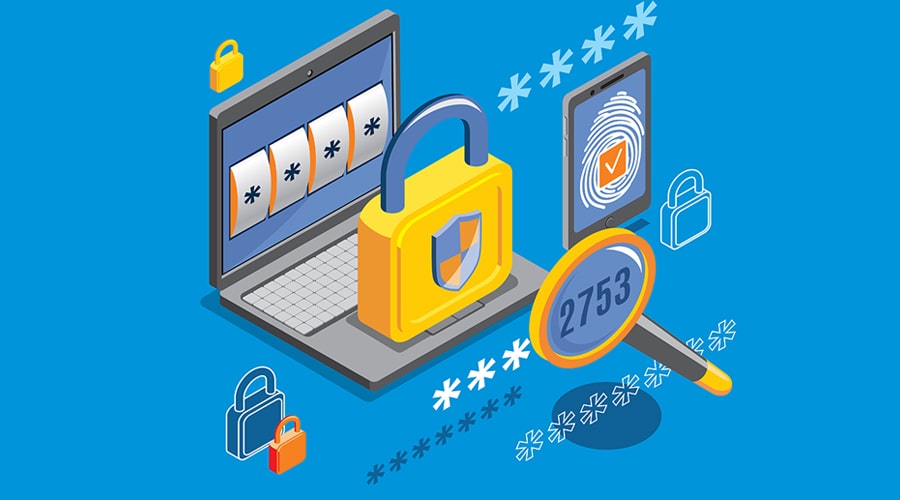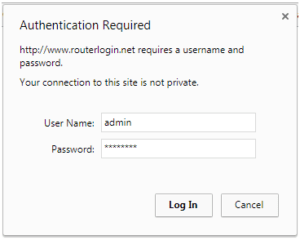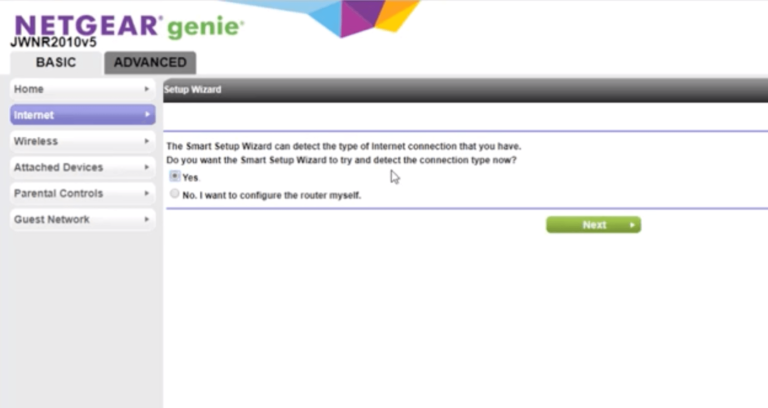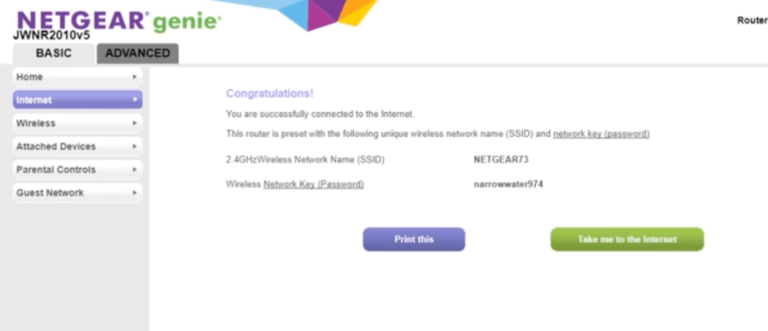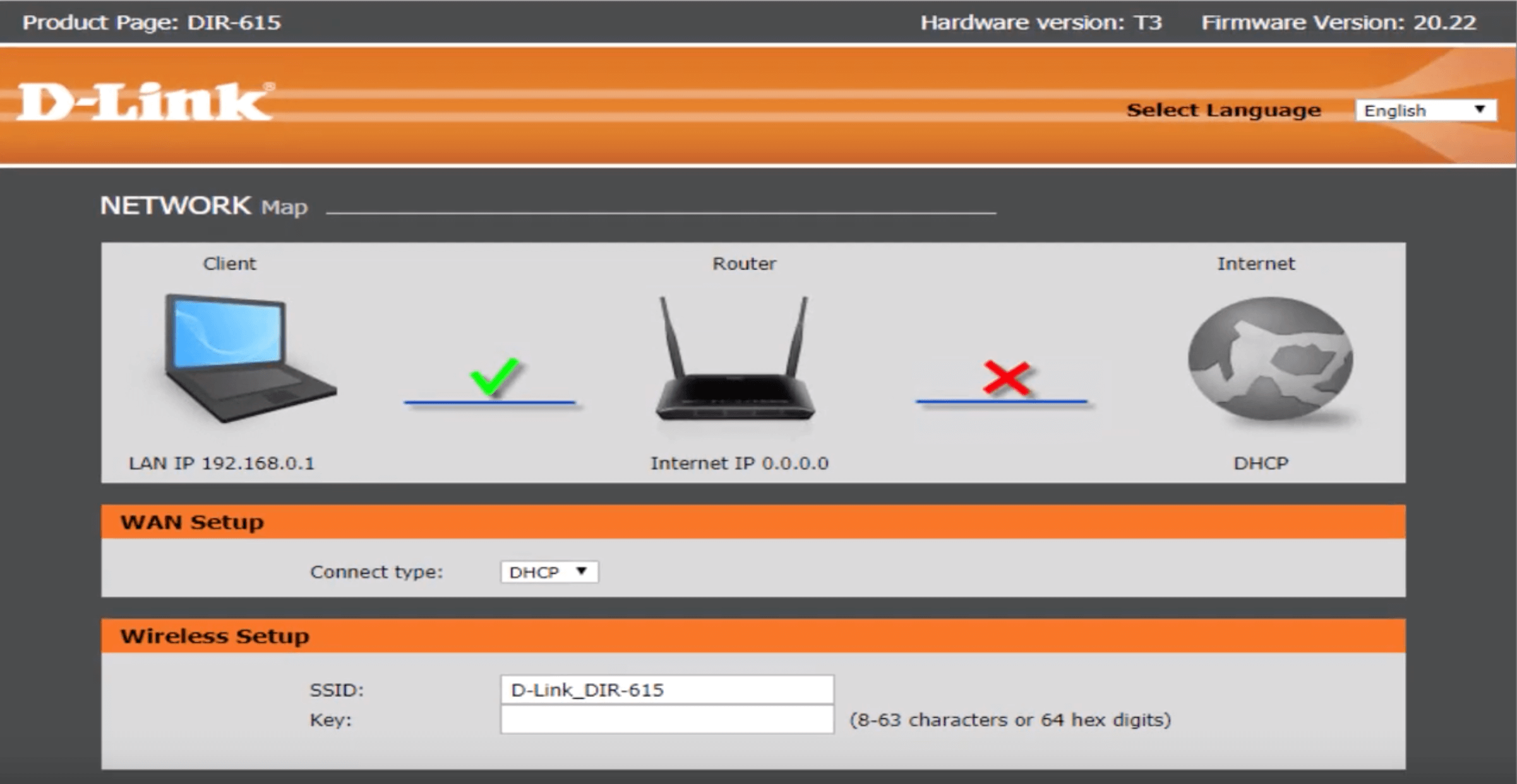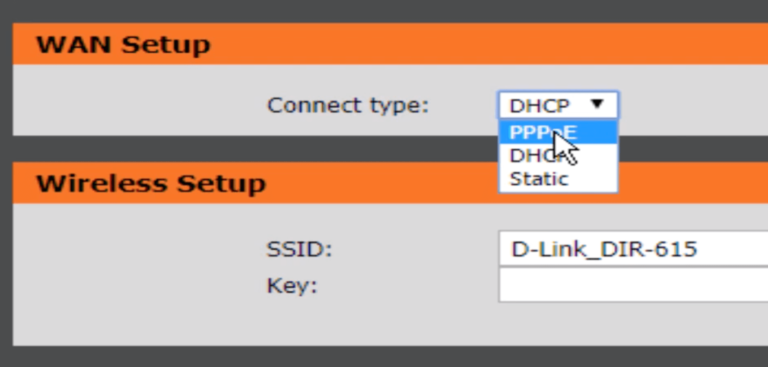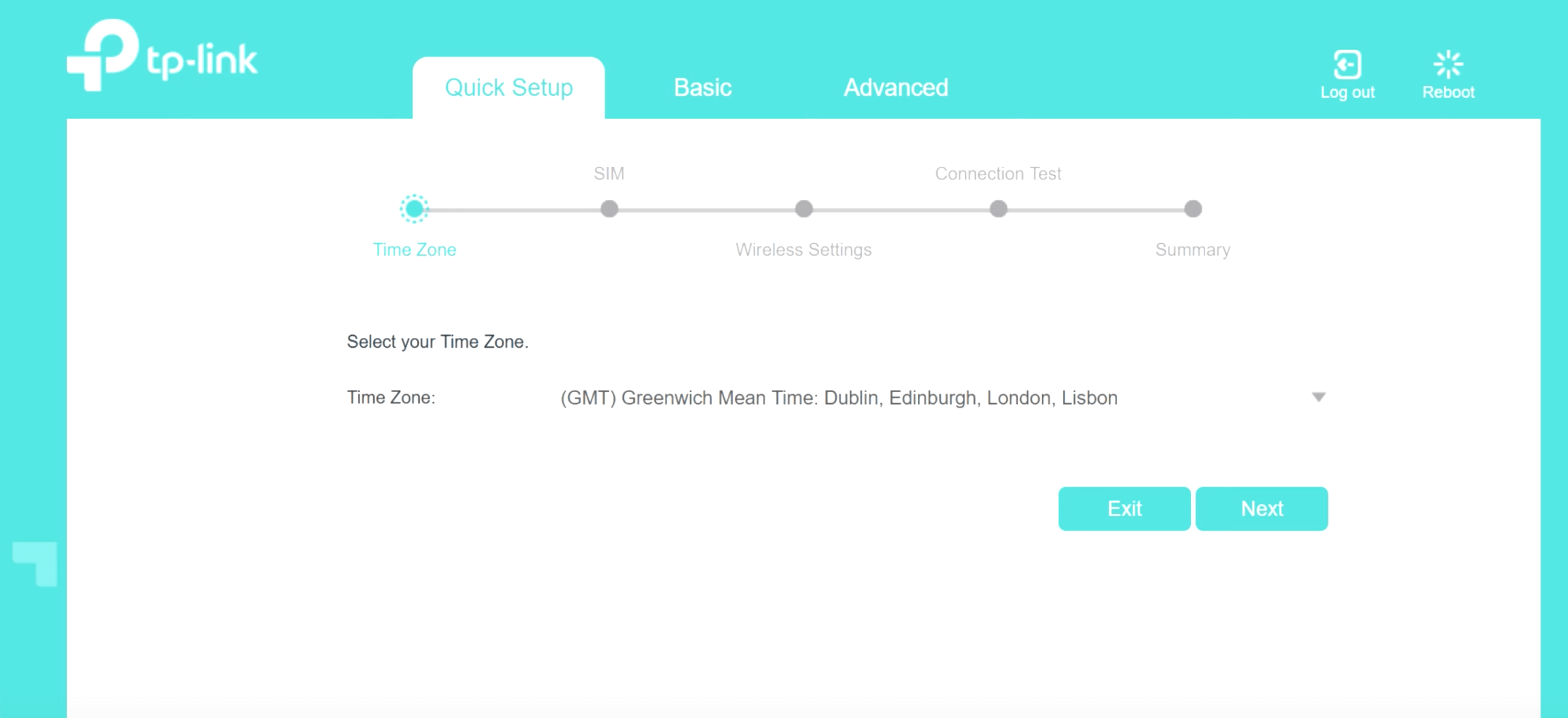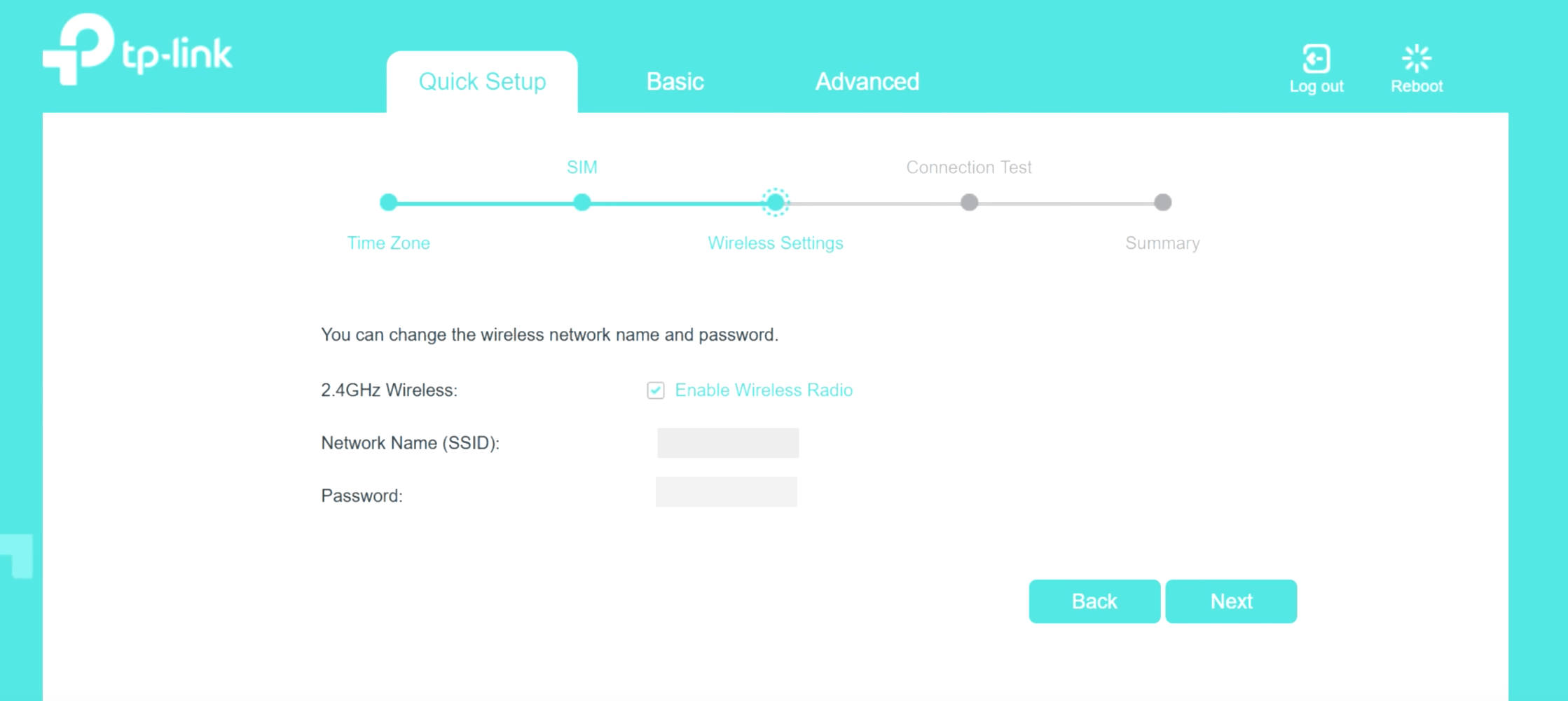On the off chance that you are having visitors over at your place frequently, at that point it gets difficult for you to give them access to the internet. You need to give them access to the internet and yet, you likewise don’t have any desire to share your safe, private, home network with any other individual. There are really two different ways by which you can give your visitors access to your Internet network. Either share the subtleties of private, home Wi-Fi network which you utilize or make a Guest Wi-Fi Network for visitors.
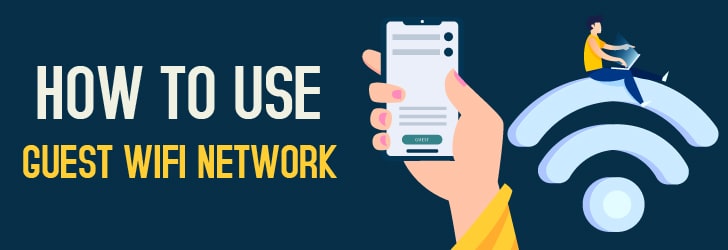
What the vast majority would prefer not to do is share their private, home Wi-Fi network with visitors in light of the fact that not exclusively is there an opportunity for the data to be taken yet there is additionally the chance of malware unknowingly spread from the visitors’ gadgets.
Thus, for that reason there is the requirement for a different, surmise Wi-Fi network which can furnish the visitors with internet connectivity and furthermore keep your home network protected and secure. Fortunately, for all the Xfinity clients, there is a component called Xfinity WiFi Home Hotspot through which you give internet access to your visitors without any obstruction with the principle network.
This element, Xfinity WiFi Home Hotspot is accessible without any extra on the off chance that you are a current Xfinity Gateway client. With this component enableed, your Xfinity Wireless Gateway broadcast an extra SSID or WiFi Network, “xfinitywifi”. This is done independently from the principle network, without any obstruction with the primary WiFi network.
Through this network, you can permit your visitors to utilize the internet without you sharing your network password or the fundamental network with them. It is incorporated with the administration without any extra expense and you can enable or disable it whenever you need to.
How to enable the Xfinity WiFi Home Hotspot Feature?
On the off chance that you are a current Xfinity Gateway client and utilizing Xfinity administrations, at that point this component will be accessible without any additional charge. It is a valuable component through which visitors can appreciate the internet without you sharing your principle, secure network with them.
In the event that you have visitors coming at your place frequently, at that point you should keep this element enableed as it comes helpful and permits individuals to appreciate the benefits of Xfinity WiFi.
Here is the manner by which you can enable the Xfinity WiFi Home Hotspot include:
- Connect to the Xfinity Gateway Network from your PC or Mobile.
- Open an internet browser and head over to customer.xfinity.com/#/settings/security/hotspot.
- Sign in to your Xfinity account utilizing the Xfinity ID and login password.
- Click on the Turn On catch to enable the Xfinity WiFi Home Hotspot include.
- A confirmation brief will show up, confirm your choice.
- You will currently get a confirmation message that Your hotspot has been enableed.
In the event that you actually wish to kill this element, at that point essentially click on the Turn Off fasten and confirm your determination.
Remember that your gadget probably won’t be qualified for this element and won’t broadcast any hotspot signal. In the event that you visit the Hotspot page and see the data about Xfinity WiFi yet don’t perceive any alternative to Turn On or Turn Off this element then it implies that your gadget isn’t qualified for this component.
